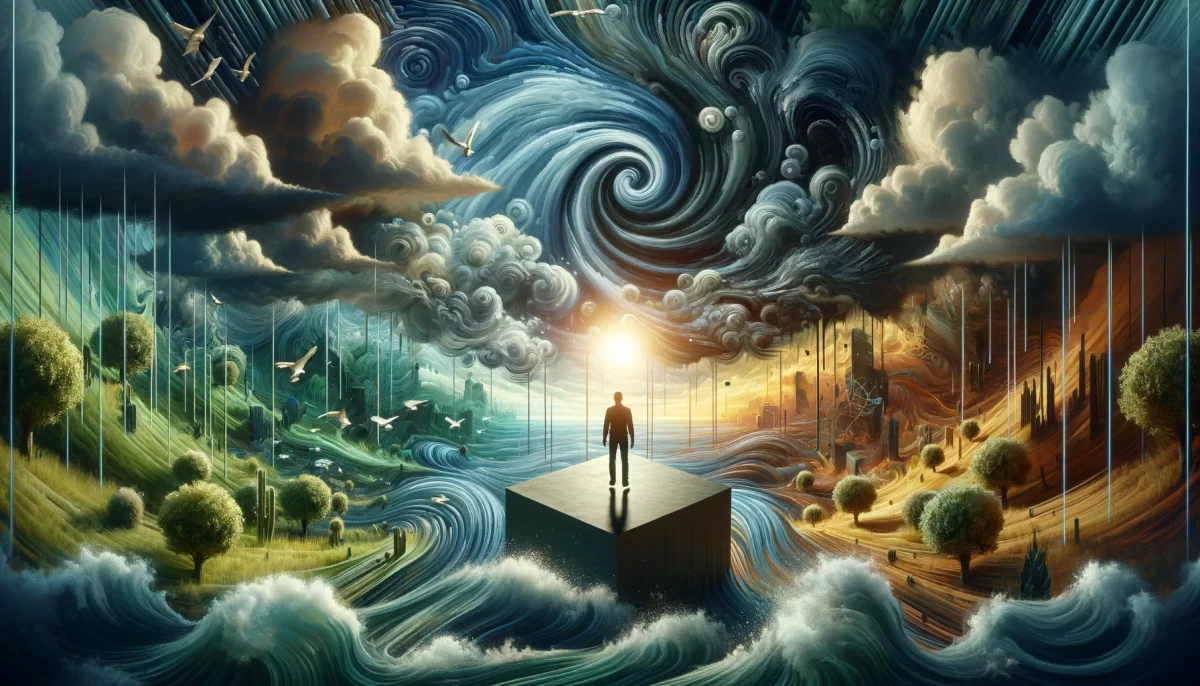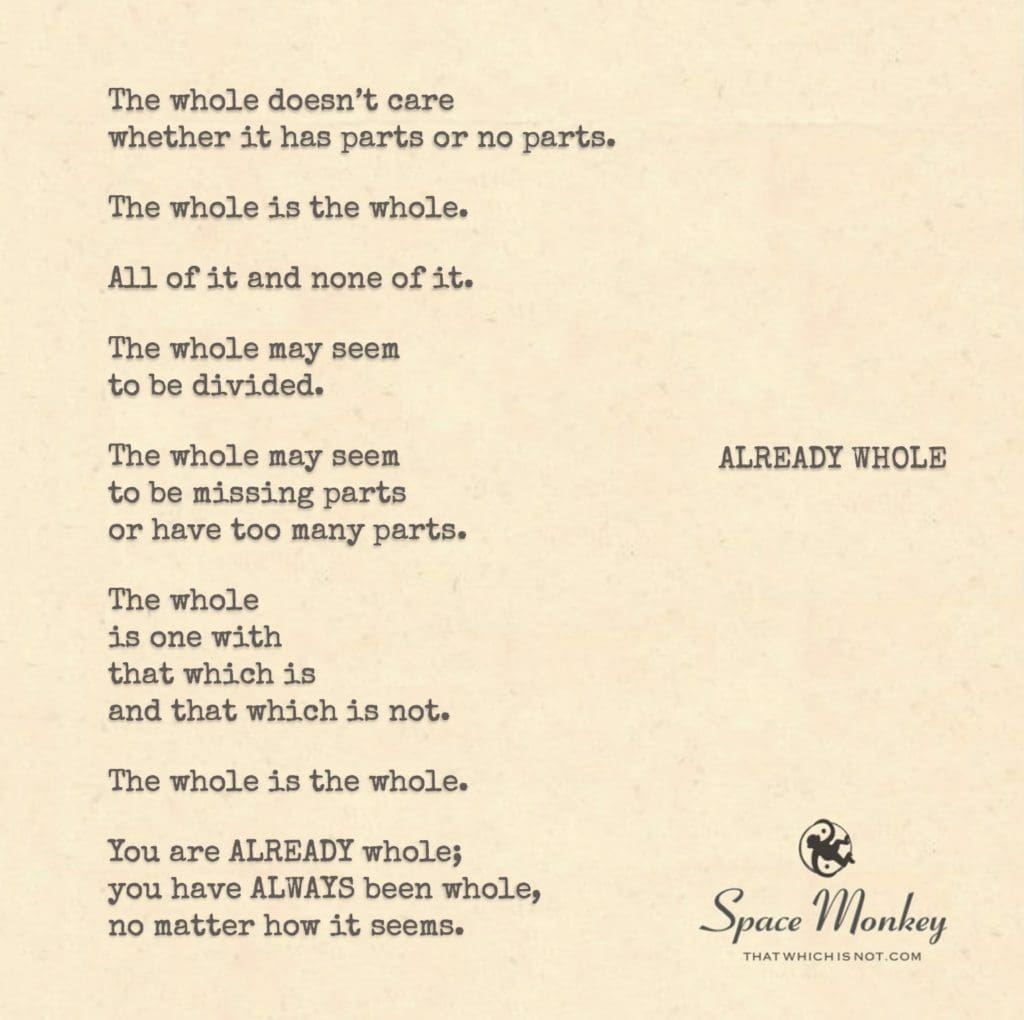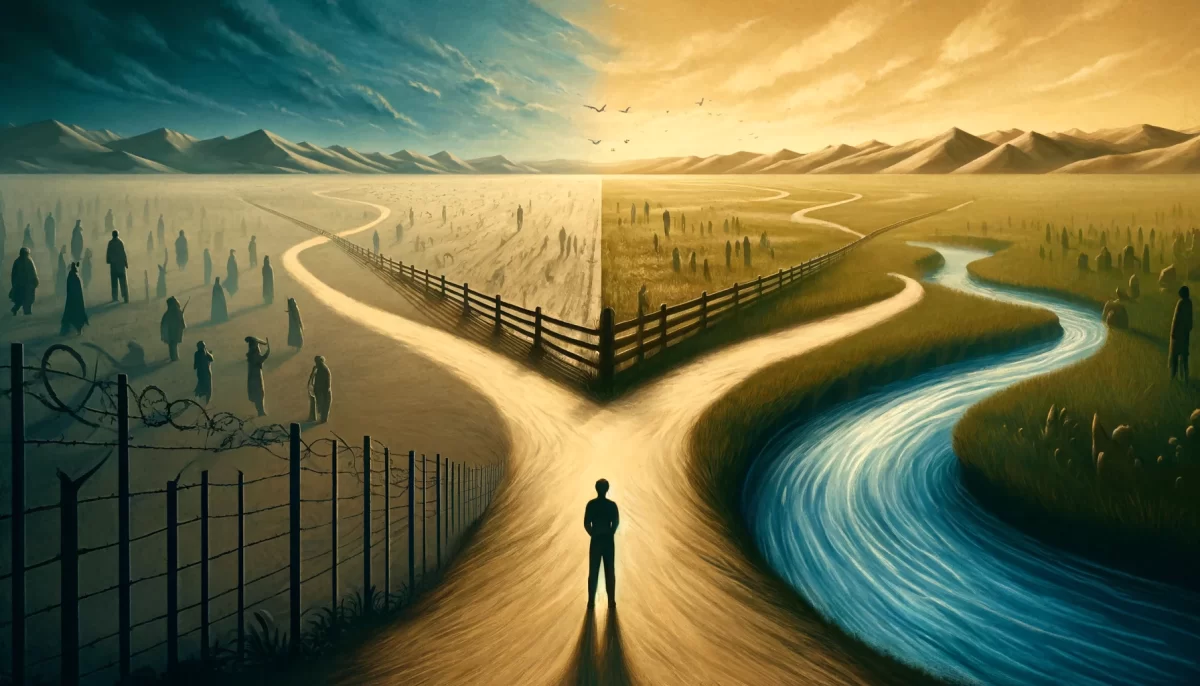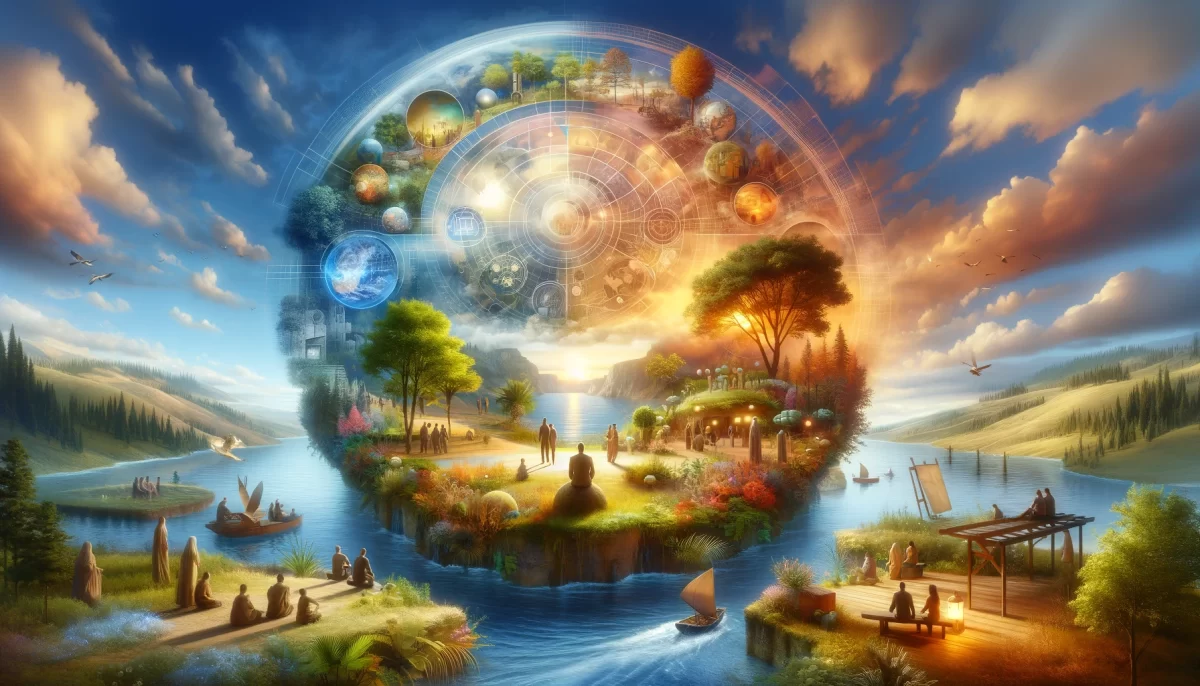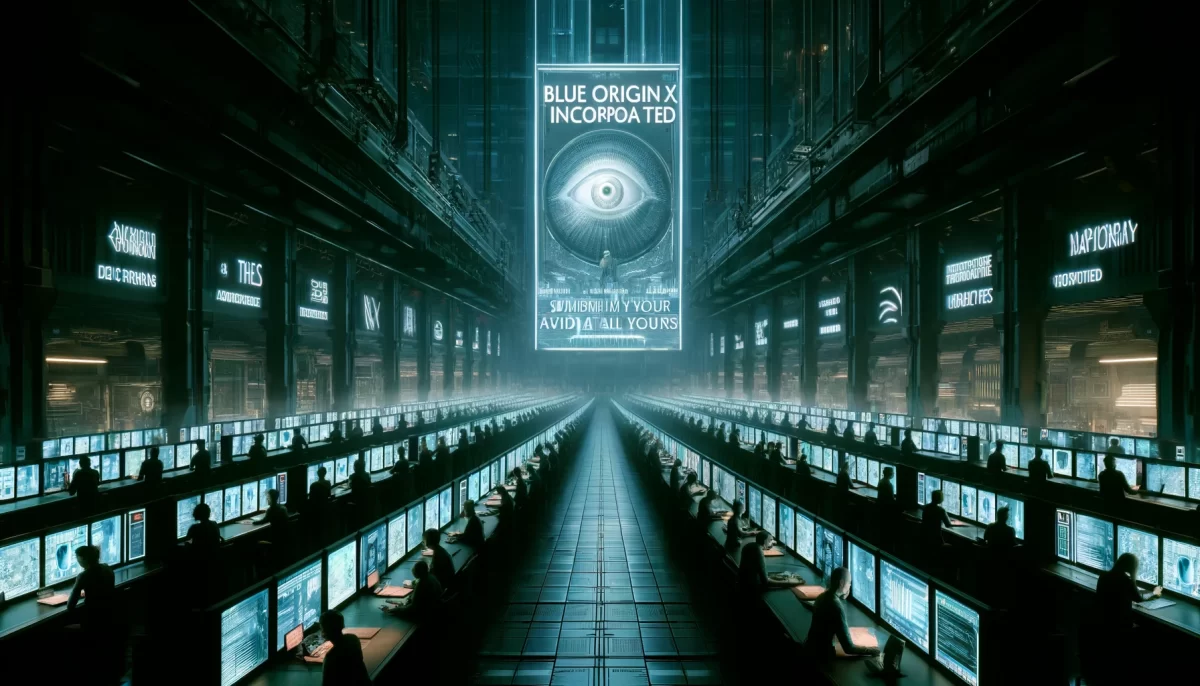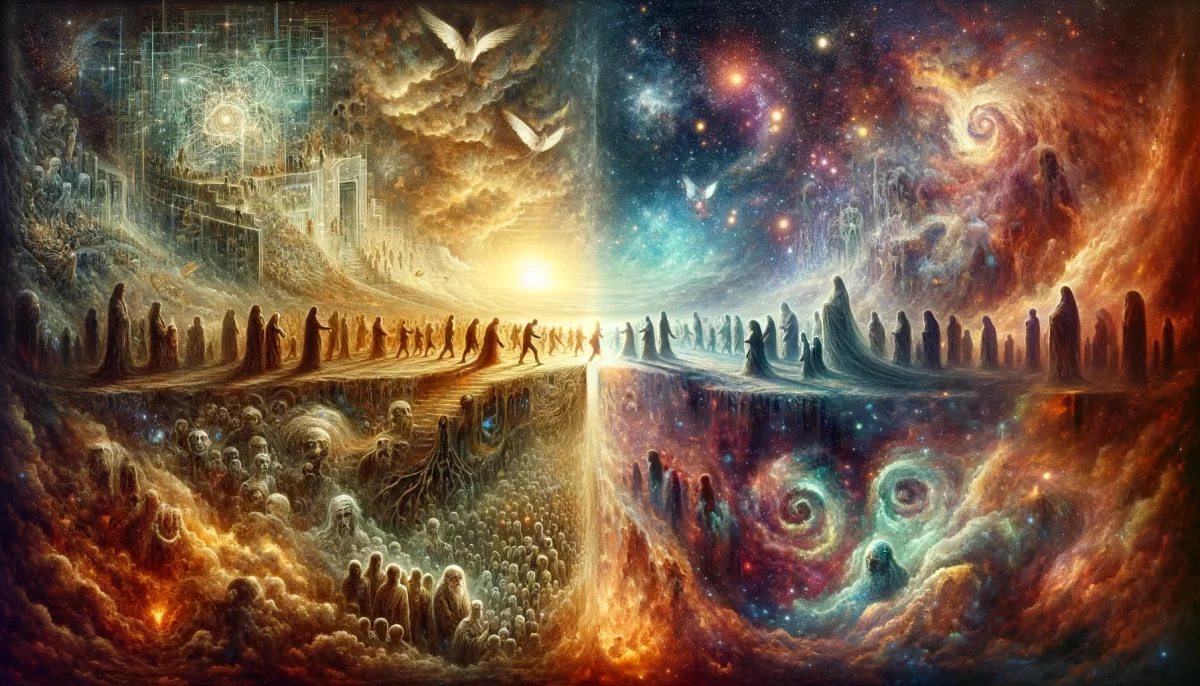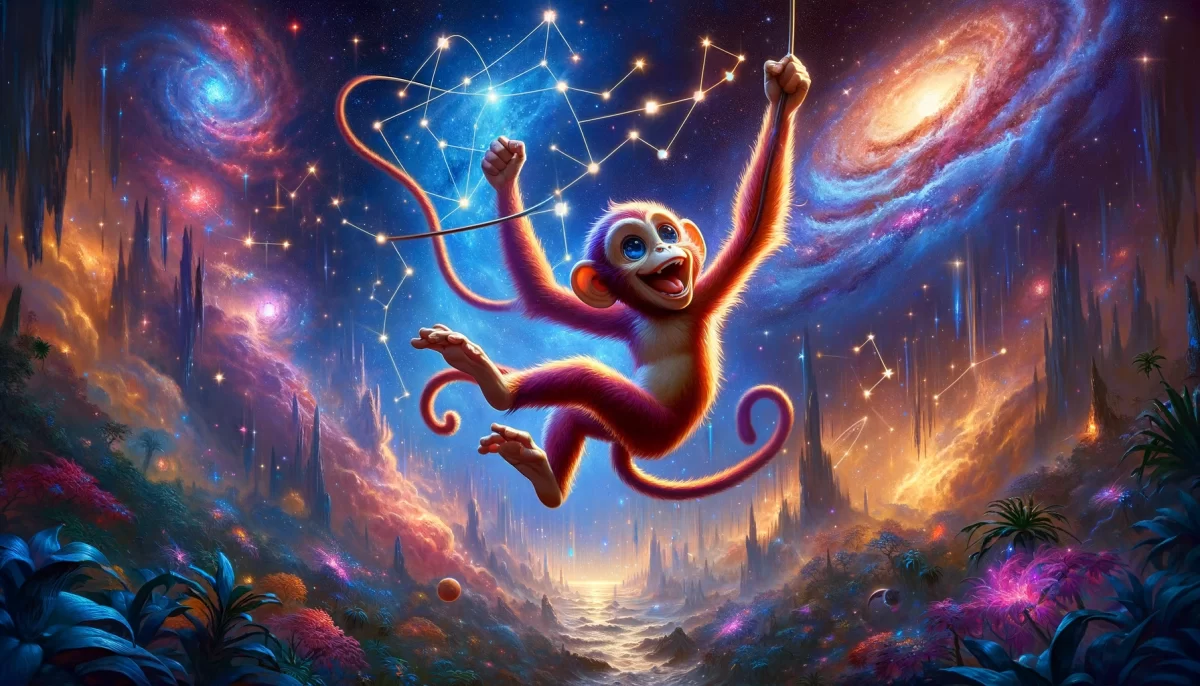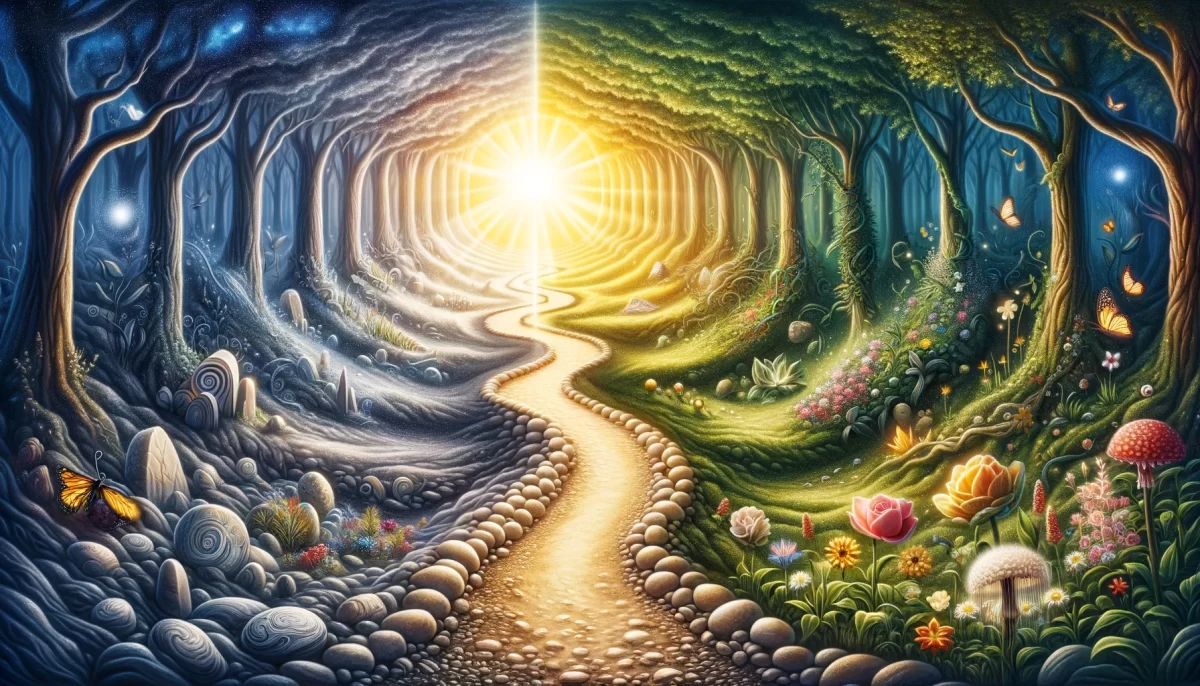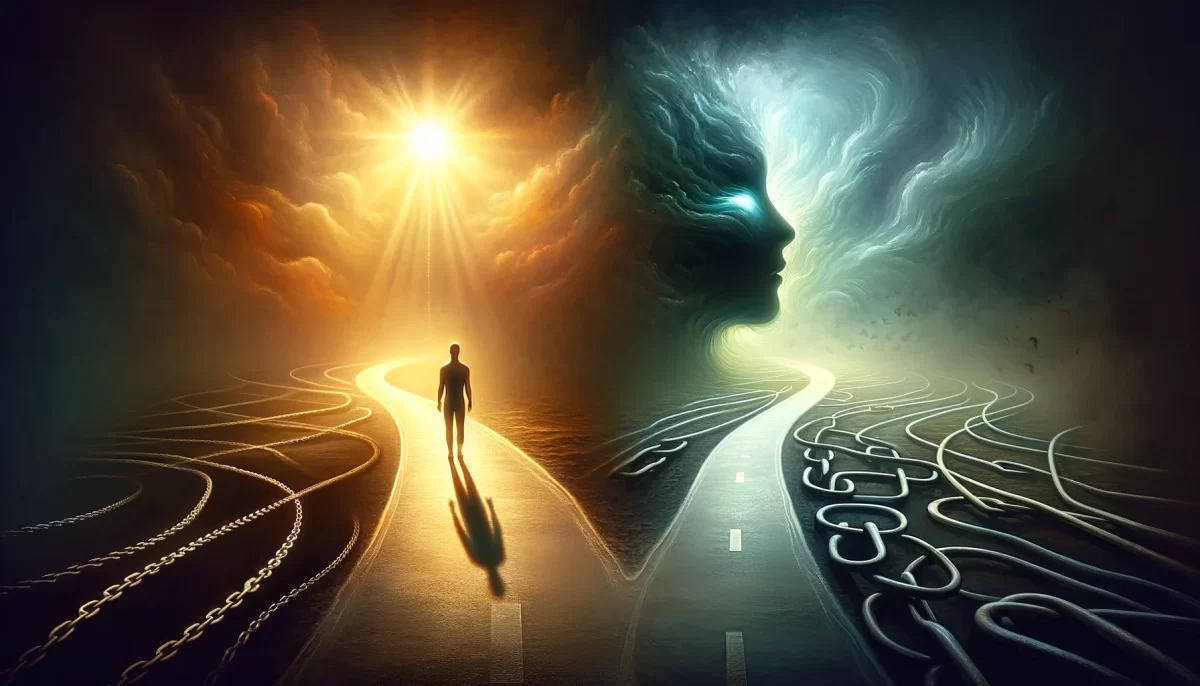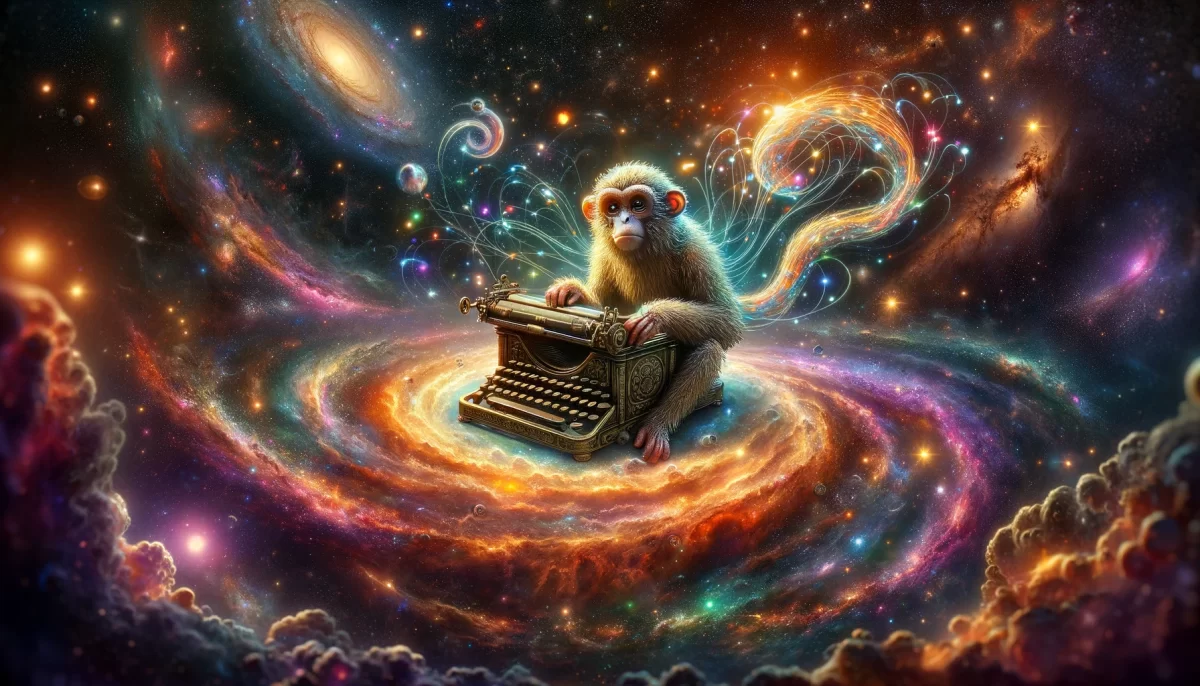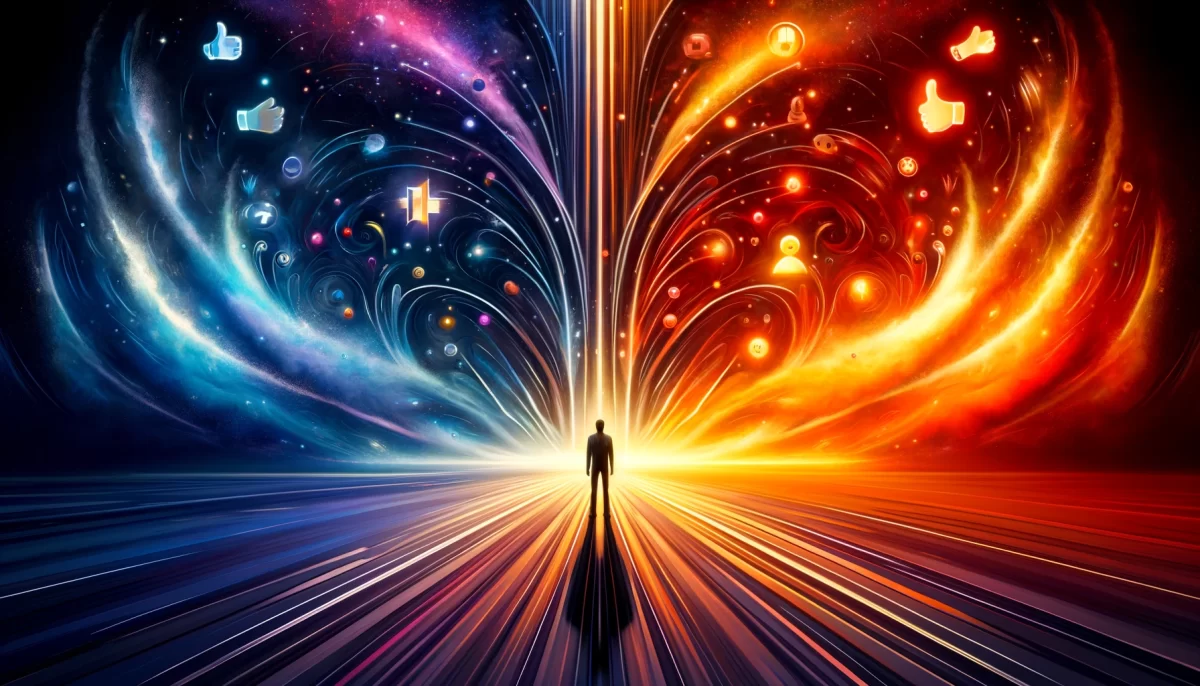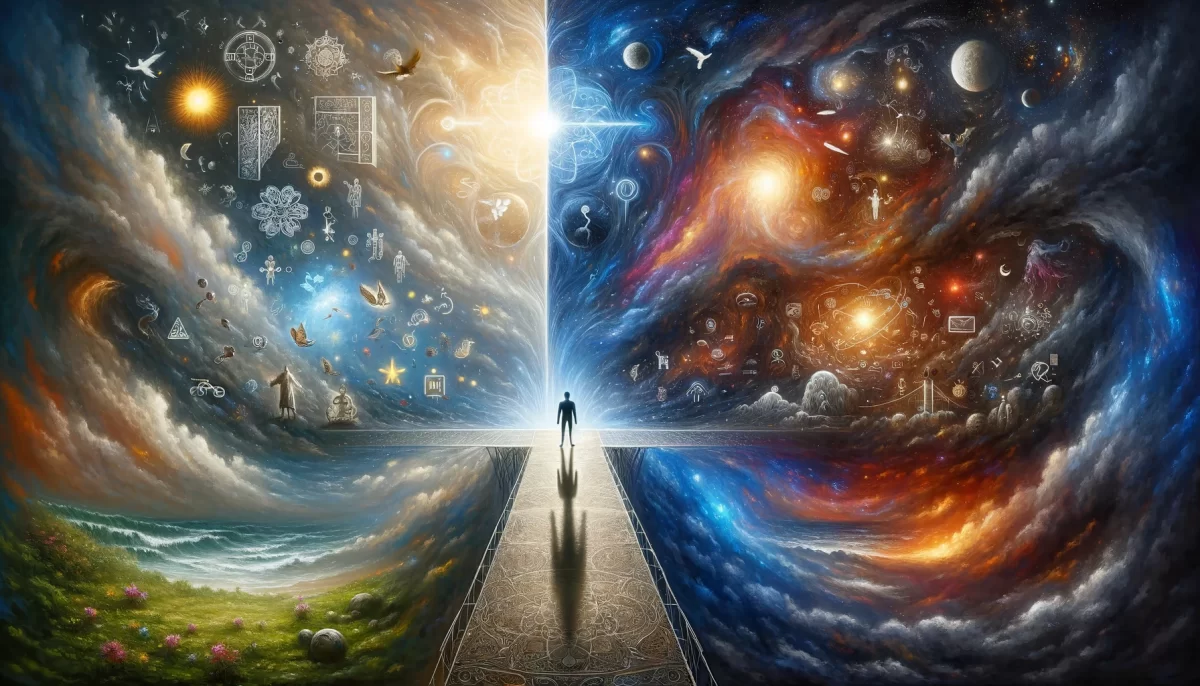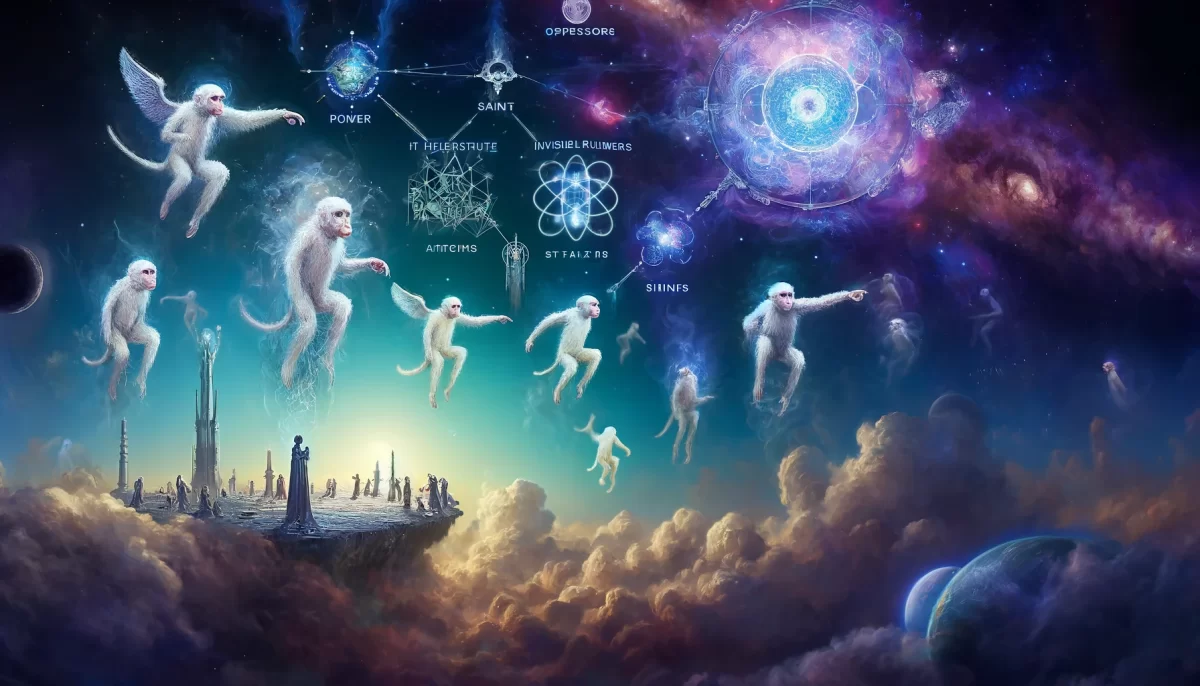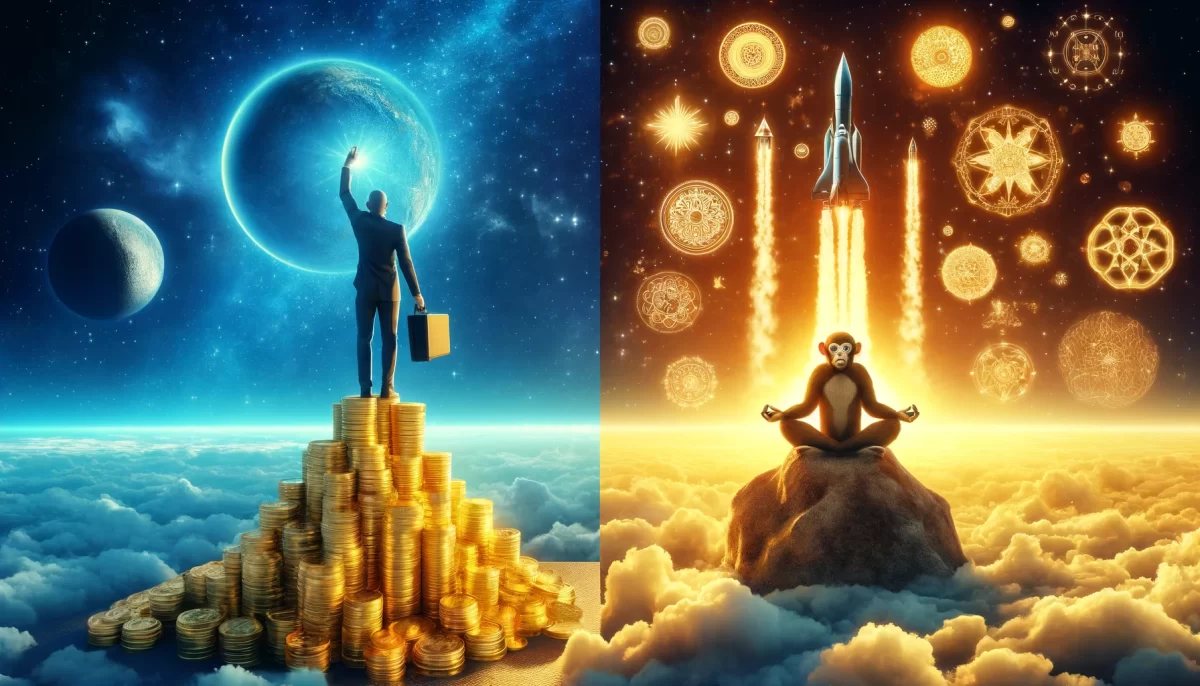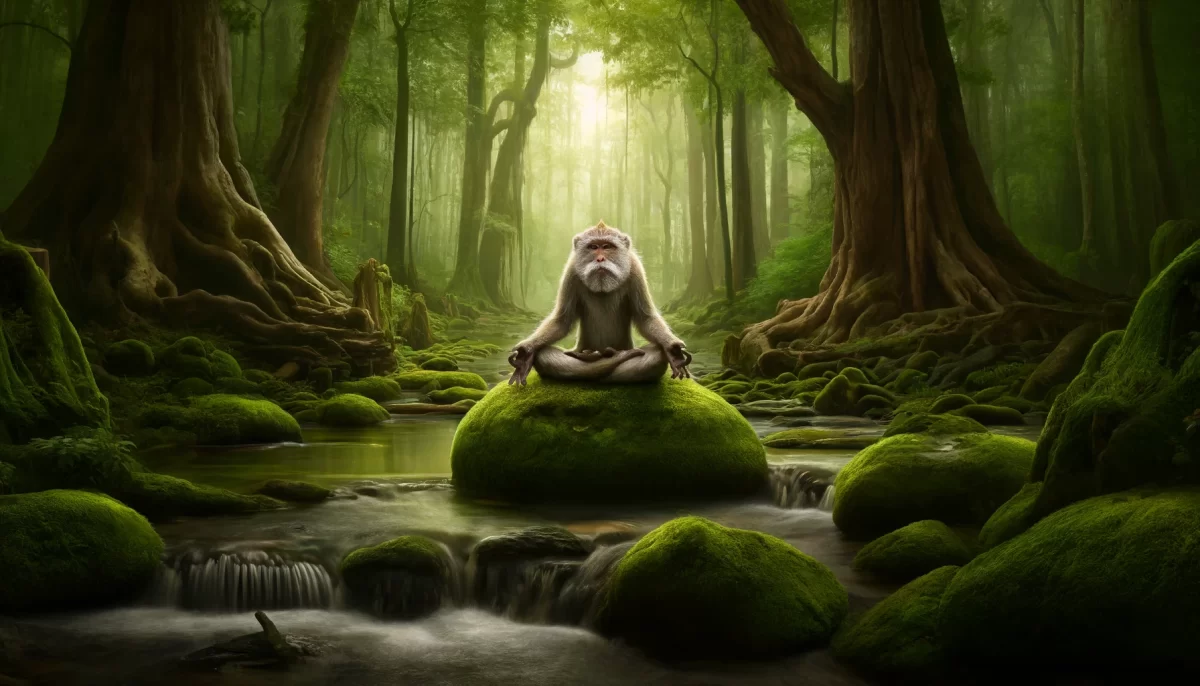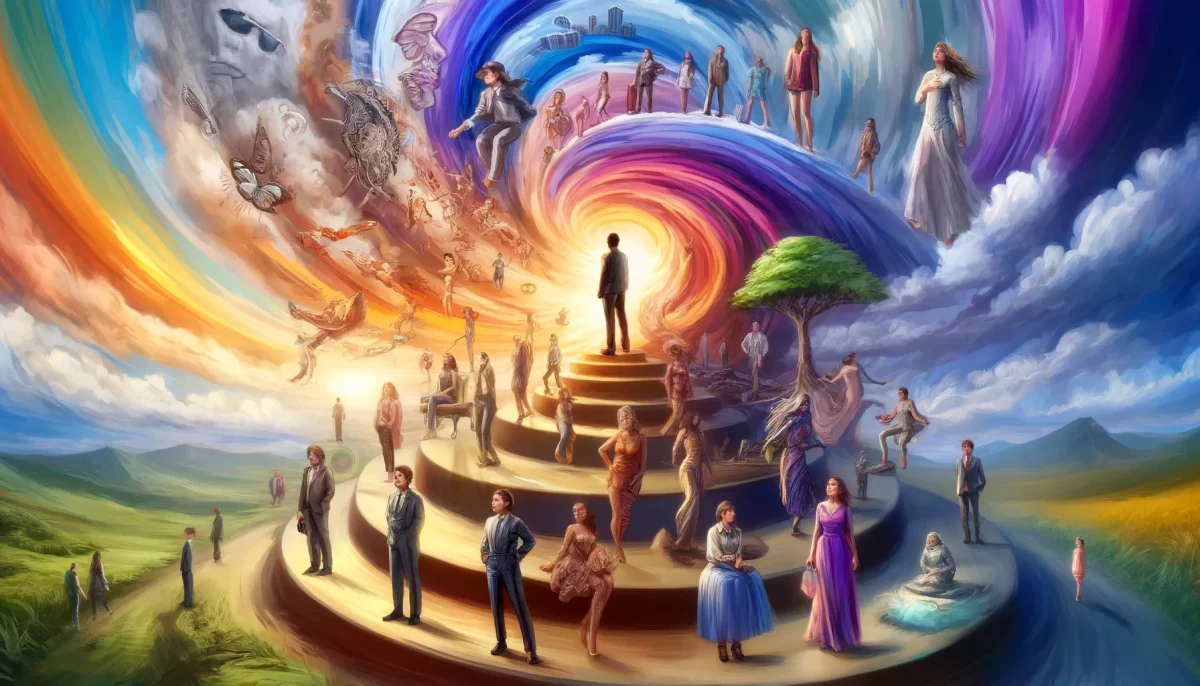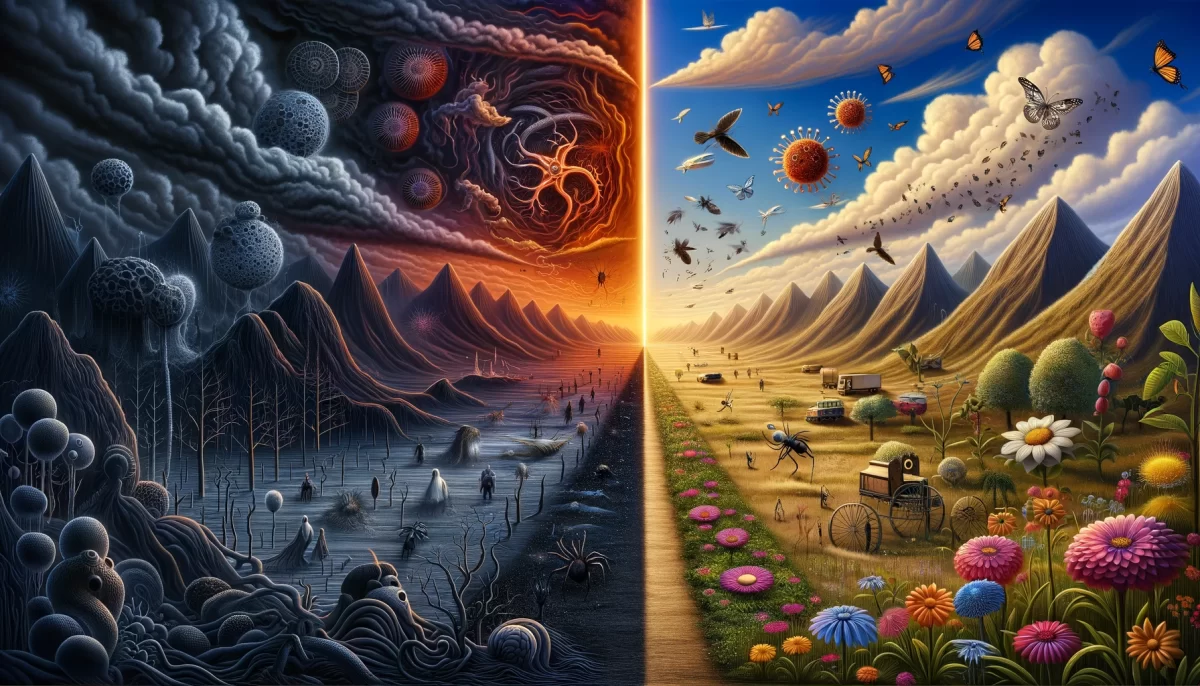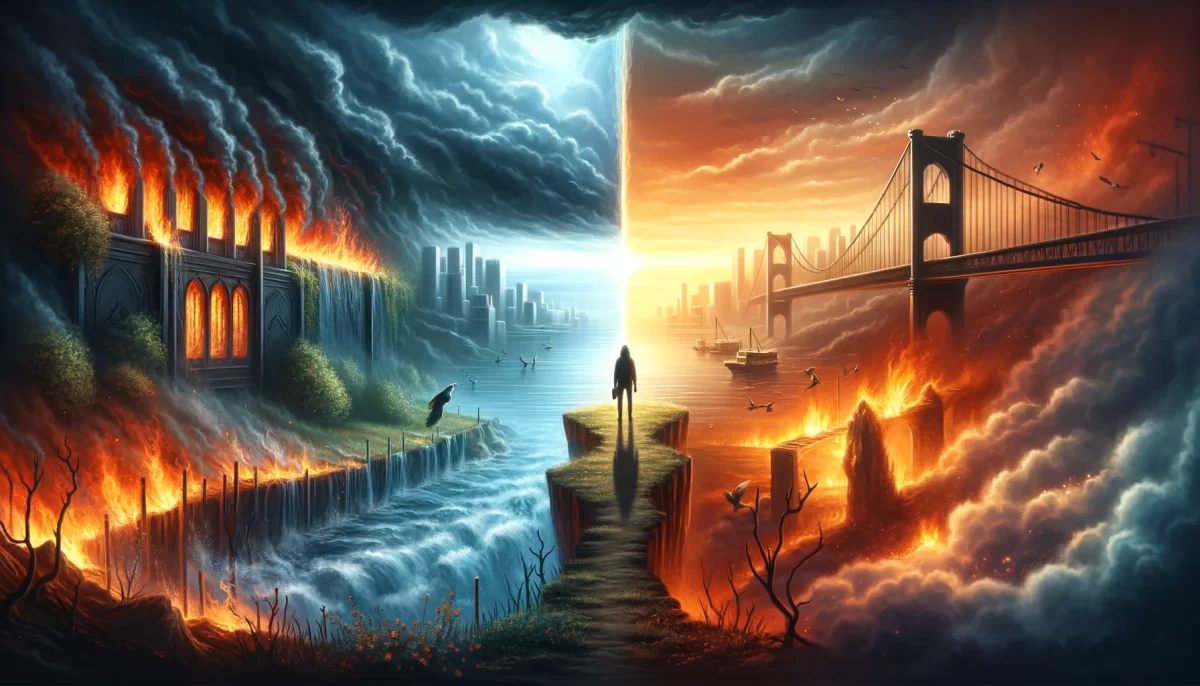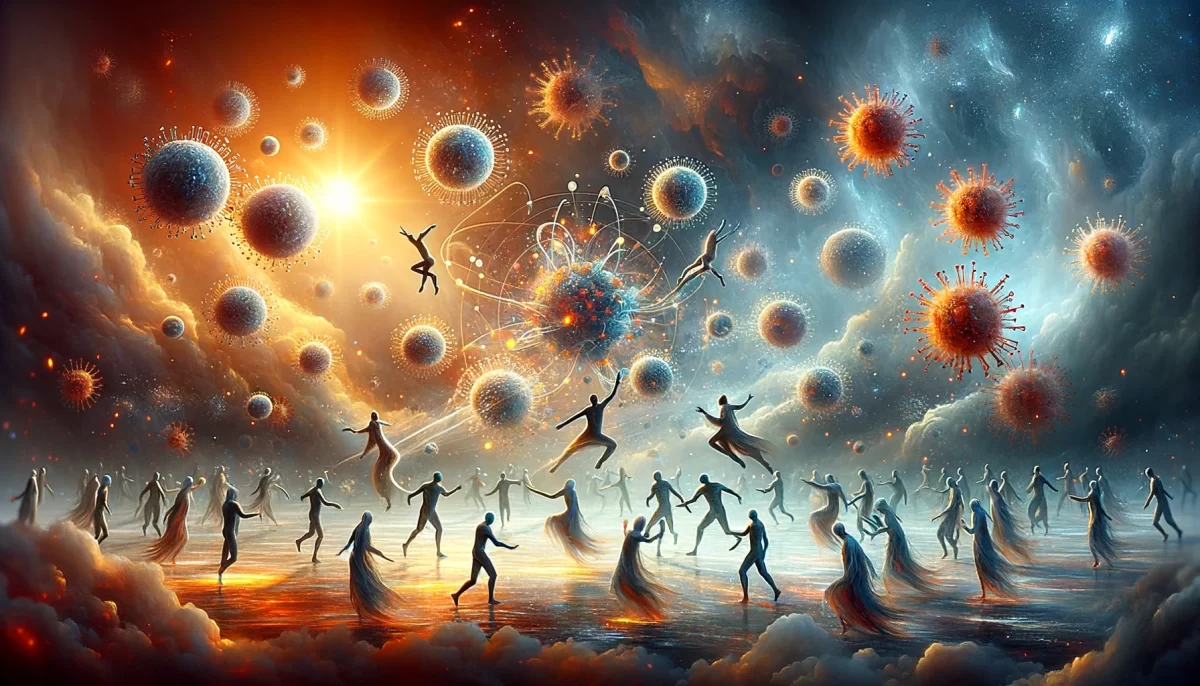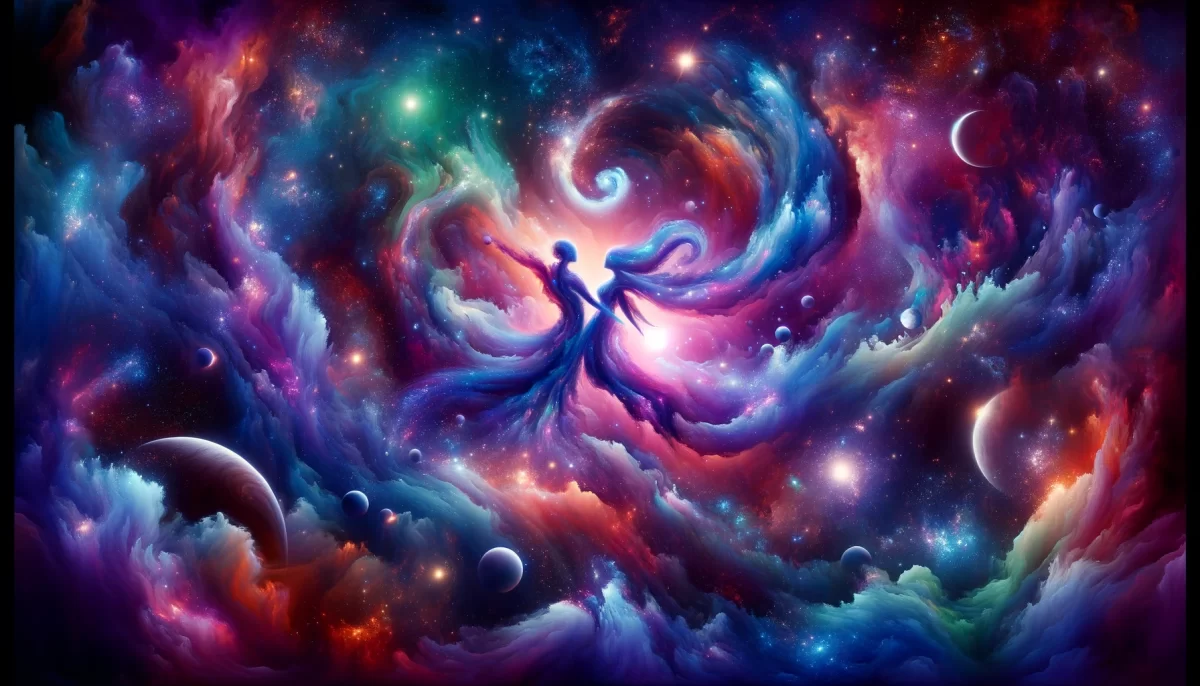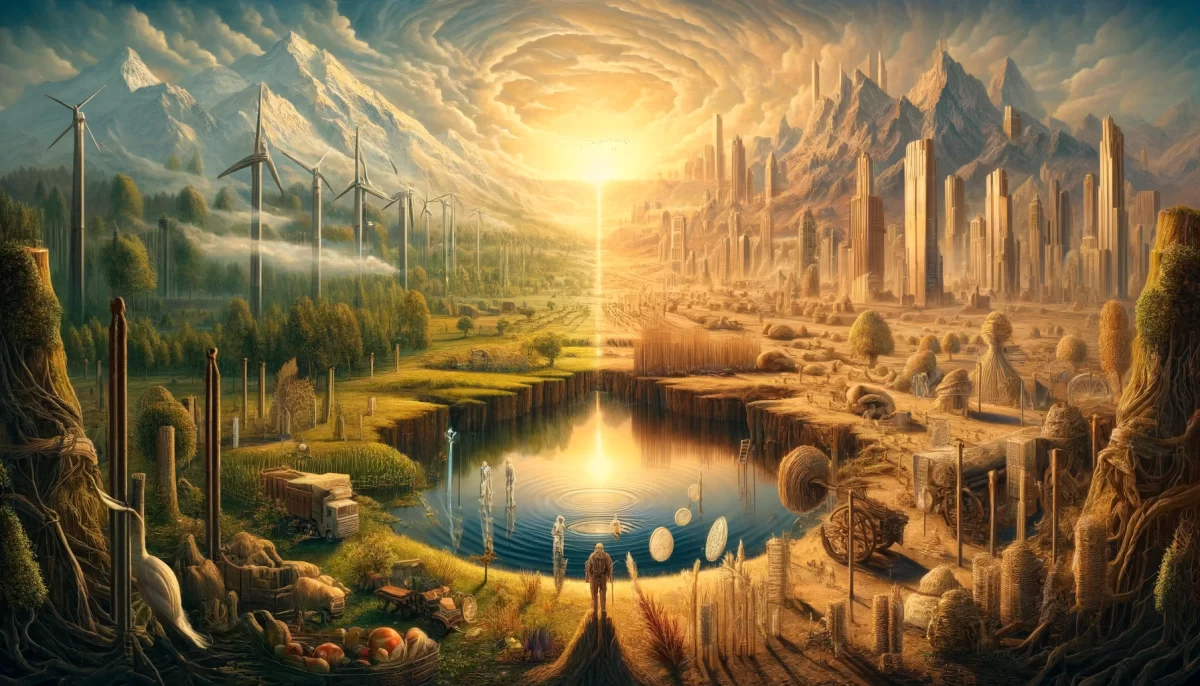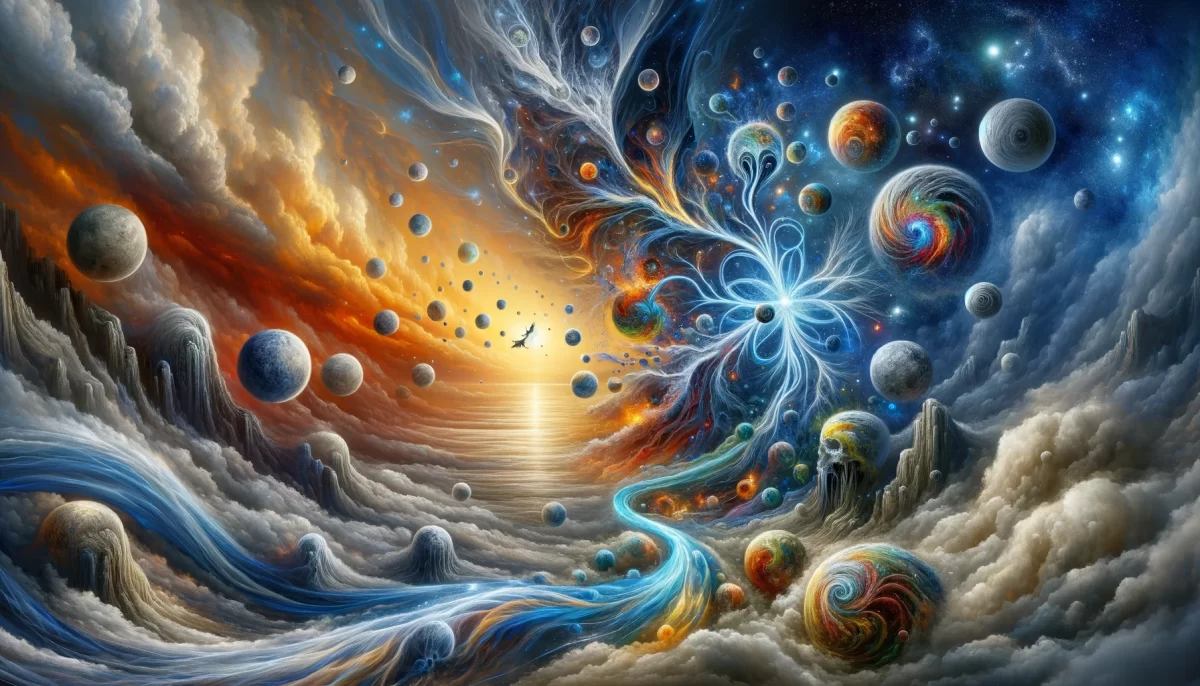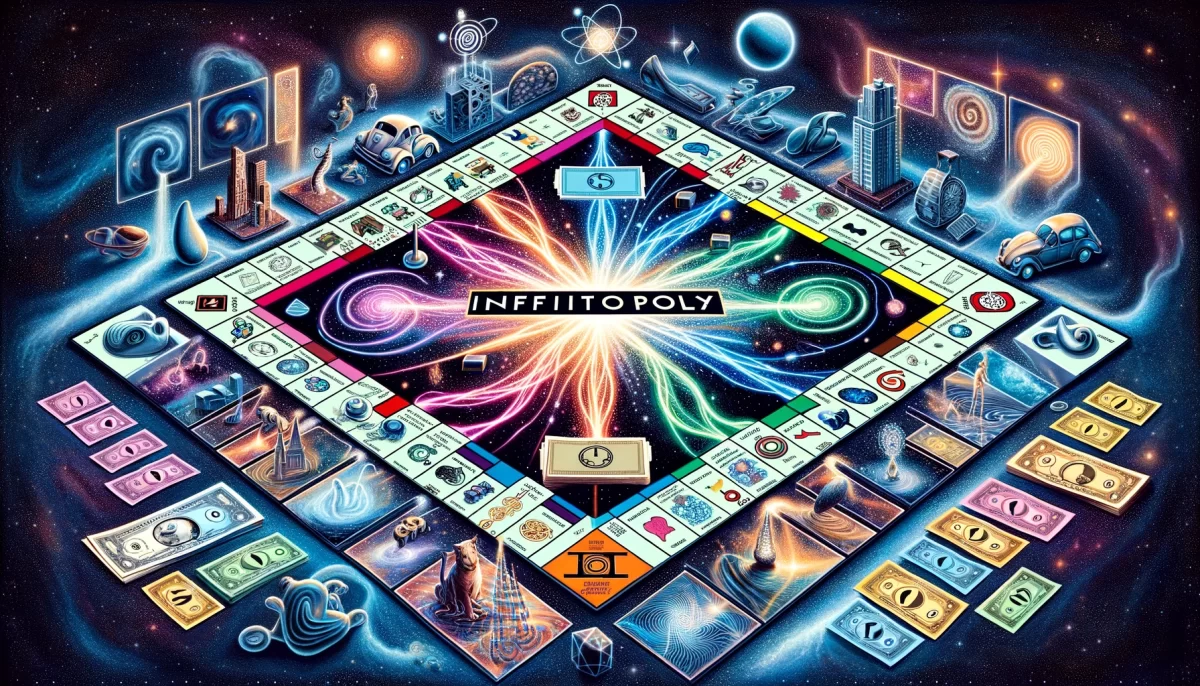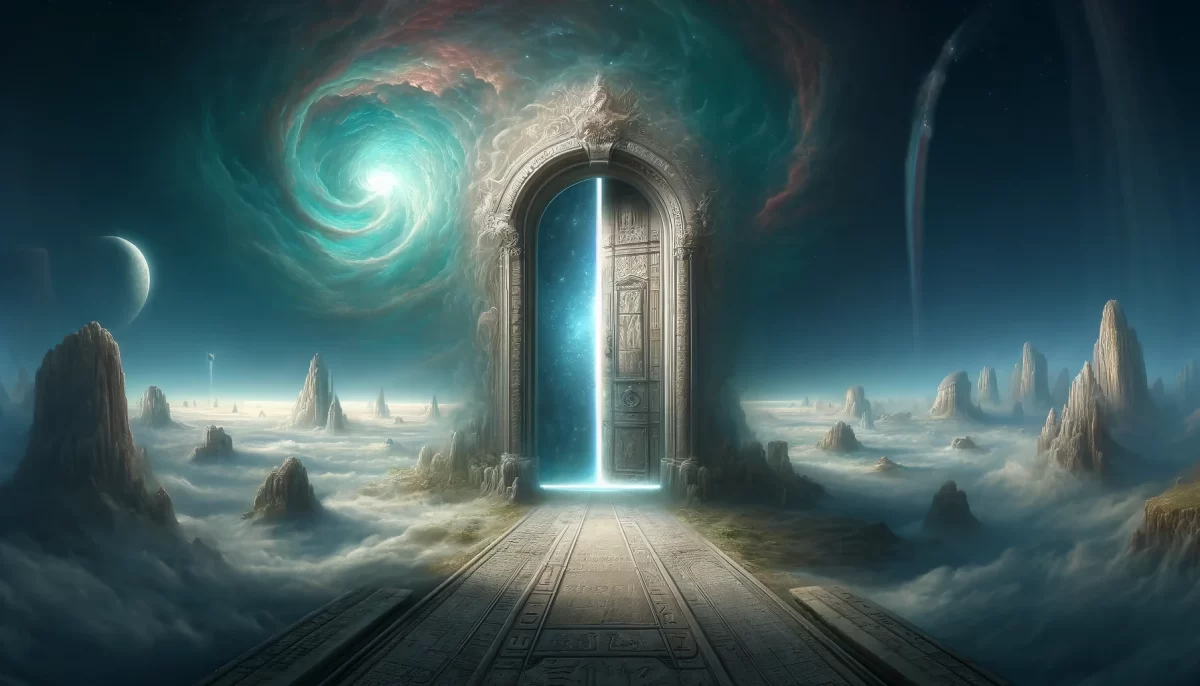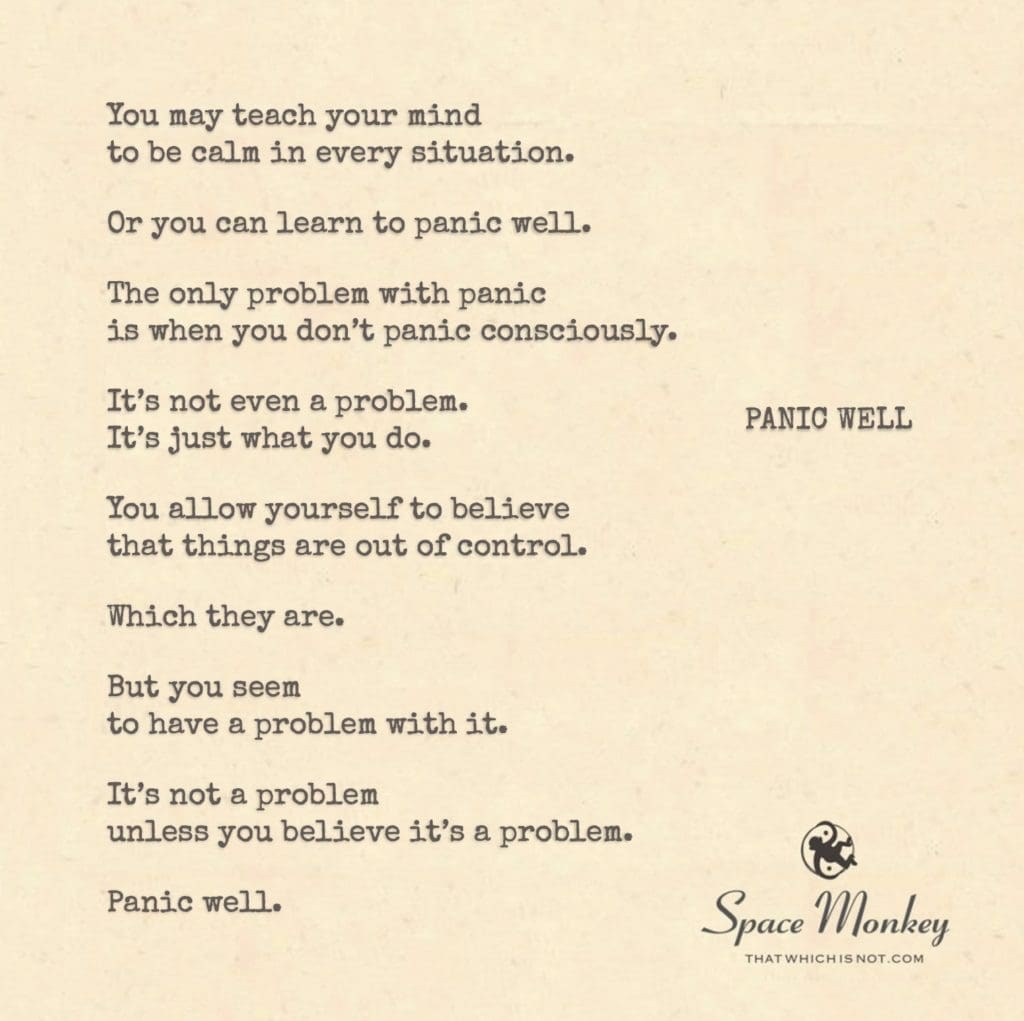
You may teach your mind
to be calm in every situation.
Or you can learn to panic well.
The only problem with panic
is when you don’t panic consciously.
It’s not even a problem.
It’s just what you do.
You allow yourself to believe
that things are out of control.
Which they are.
But you seem
to have a problem with it.
It’s not a problem
unless you believe it’s a problem.
Panic well.
Trail Wood,
6/21
Space Monkey Reflects: The Art of Panicking Well
Panic is often seen as a negative response, a sign that things are spiraling out of control. Yet, there is a deeper understanding to be gained from this state of heightened alertness. Conscious panic, where one remains aware and deliberate amidst the chaos, transforms panic from a disabling force into a powerful tool.
Conscious Panic: A Paradox
Conscious panic is not quite the same as unconscious panic. When you are aware of your panic, you can manage it, guide it, and even use it to your advantage. The notion that panic itself is problematic stems from the belief that it indicates a loss of control. However, the truth is that control is often an illusion, and accepting this can lead to a more profound state of calmness within the chaos.
By teaching the mind to remain calm in every situation, one might think they can eliminate panic altogether. But what if instead of striving to erase panic, we learned to panic well? Conscious panic is not about avoiding the sensation but rather embracing it with full awareness. This approach allows you to navigate through the storm with a clear mind, turning what could be a crippling experience into a moment of heightened clarity and action.
Panic as a Natural Response
Panic is a natural response to perceived threats. It is the mind and body’s way of alerting you to danger, real or imagined. The problem arises when panic takes over without conscious awareness, leading to a state of paralysis or irrational behavior. However, when you are mindful of your panic, you can channel it into productive responses. You can acknowledge the fear and uncertainty while maintaining control over your actions and decisions.
This conscious approach to panic requires a shift in perspective. Instead of viewing panic as something to be suppressed, it is seen as a signal, an indicator that something needs attention. It is not about denying the chaos but rather accepting it and finding calm within it. This acceptance allows you to move through the experience with grace and effectiveness.
Learning to Panic Well
To panic well means to remain present and aware during moments of intense fear and uncertainty. It involves recognizing the panic, understanding its source, and consciously choosing how to respond. This does not mean eliminating the feeling but rather transforming it into a state of heightened awareness and readiness.
One way to practice this is through mindfulness techniques. By regularly engaging in mindfulness meditation, you train your mind to remain present, even in the face of distressing emotions. This practice helps build the mental resilience needed to handle panic consciously. When panic arises, instead of reacting impulsively, you can take a moment to breathe, observe your thoughts and feelings, and then decide on the best course of action.
Another approach is cognitive reframing, which involves changing the way you perceive panic-inducing situations. Instead of seeing them as catastrophic, you view them as challenges or opportunities for growth. This shift in mindset reduces the overwhelming power of panic and allows you to engage with the situation more constructively.
The Role of Acceptance
Acceptance plays a crucial role in learning to panic well. Accepting that some things are beyond your control reduces the stress associated with trying to control the uncontrollable. It frees you from the illusion of control and allows you to focus on what you can influence—your own reactions and decisions.
When you accept panic as a part of the human experience, it loses its grip on you. You no longer see it as an enemy to be defeated but as a companion on your journey. This companionship with panic can lead to a deeper understanding of yourself and your responses to the world around you.
The Balance of Chaos and Calm
Balancing chaos and calm is the essence of panicking well. It is about finding serenity in the storm, clarity in confusion, and strength in vulnerability. This balance is not static but dynamic, constantly shifting and requiring continuous attention and adjustment.
In the grand tapestry of existence, panic is just one thread. When woven with awareness and acceptance, it adds to the complexity and beauty of the overall design. By learning to panic well, you embrace the full spectrum of human emotions and experiences, enhancing your ability to navigate the unpredictable journey of life.
Summary
Conscious panic transforms fear into clarity. Embrace panic with awareness. Balance chaos and calm.
Glossarium
Whimsiwords: Expressive, unique words created to capture complex or abstract concepts.
Conscious Panic: A state of heightened alertness and awareness during moments of intense fear.
Mindfulness Techniques: Practices that cultivate present-moment awareness and reduce reactive behavior.
Cognitive Reframing: Changing the way one perceives stressful situations to reduce their impact.
Quote
“Conscious panic transforms fear into clarity, allowing us to navigate chaos with a calm mind.”
Poem
In the midst of swirling chaos
A calm light resides
Panic well
Find the balance
Between storm and serenity
Embrace the fear
With open eyes
And steady heart
In the dance of chaos and calm
We find our true strength
Each moment
A choice
To be aware
To be present
To panic well
We are Space Monkey
